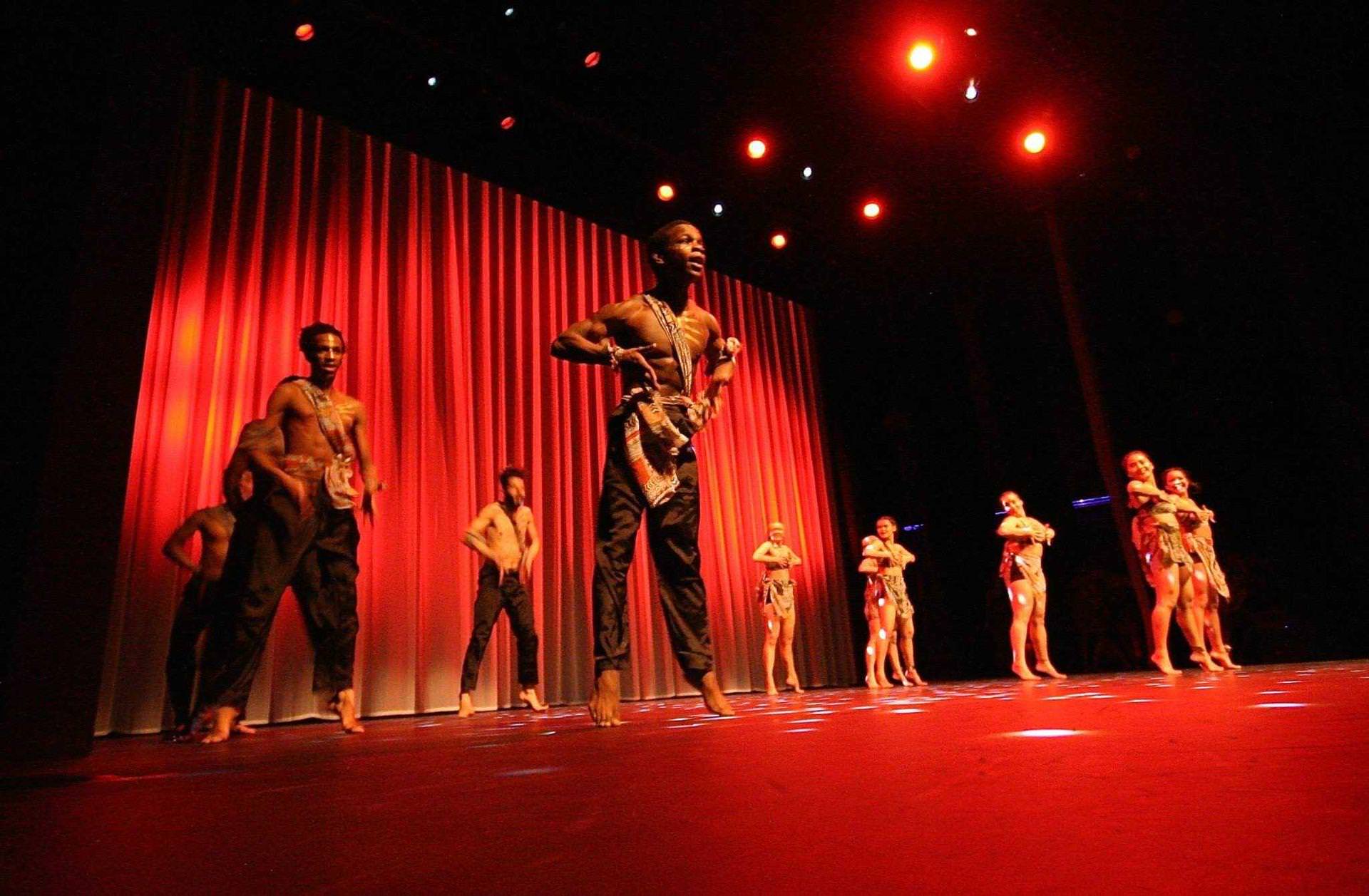YA teaching artist Joe Mangano provided a science, music, and dance residency that scientifically explored music's effect on the human body. Youth ages 14-19 in an after-school arts program called The Cypher. Students created original pieces of digital music and manipulated various elements of their songs in order to test each variable's effect on the human heart rate. By following the scientific method, youth were able to test and observe how (and whether or not) music influences human physiology. Original pieces of music were then interpreted through dance to illustrate how music can be expressed through the human body.

The Physiology of Music And Movement
This residency implements the IDEA (Identify Define Explore Assess) model while meeting educational standards for both science and music. It also addresses the increased need for emphasis on science, technology, and mathematics in education while simultaneously embracing the arts. Throughout the program youth implement 21st century learning skills such as thinking creatively and creating media products while asking questions, carrying out investigations, and obtaining, evaluating, and communicating the results.
Science can be taught through an interdisciplinary arts experience. By utilizing student's natural interest in dance and music, the scientific method can be learned and applied while students remain engaged and focused on their exploration of each art form.
Students collected and expressed their conclusions through written and visual means. In addition, program participants interpreted their findings through dance. This non-traditional assessment tool allowed the students to remain engaged in the application of the scientific method through the conclusion of the program, as well as simultaneously collaborate with one another in a creative process.
Based on the results of the experiment students discovered there is no discernible relationship between tempo and/or pitch of music and the listener's heart rate. The experiment however could benefit from more repetitions which may lead to an observable relationship.
We have learned that the creative arts can be used as a tool to engage youth in the application of the scientific method and the exploration of a research question. Students become curious/interested in the conclusion, and their desire to answer the inquiry question (mostly due to their interest in music and dance) drives their research and disguises the formal education process. By embracing the student's personal interests, said interests can become successful vehicles for core academic education.
This program could benefit from a slight alteration in the inquiry question to allow for the exploration of dance's effect on human physiology as well. This would engage those students that are more interested in dance than music early on in the process. It could also benefit from a professional choreographer being present throughout the entirety of the program.
Efforts will be put forth to ascertain student's individual/collective interests at the beginning of each residency in order to modify the inquiry question accordingly. This will allow for increased levels of engagement by a larger portion of the student population. With that being said, this program succeeded in engaging the majority of its participants throughout the entire process.
This toolkit article is the report of a case study conducted by Young Audiences Arts for Learning.
The original report can be found at the following page.


Leave a Comment